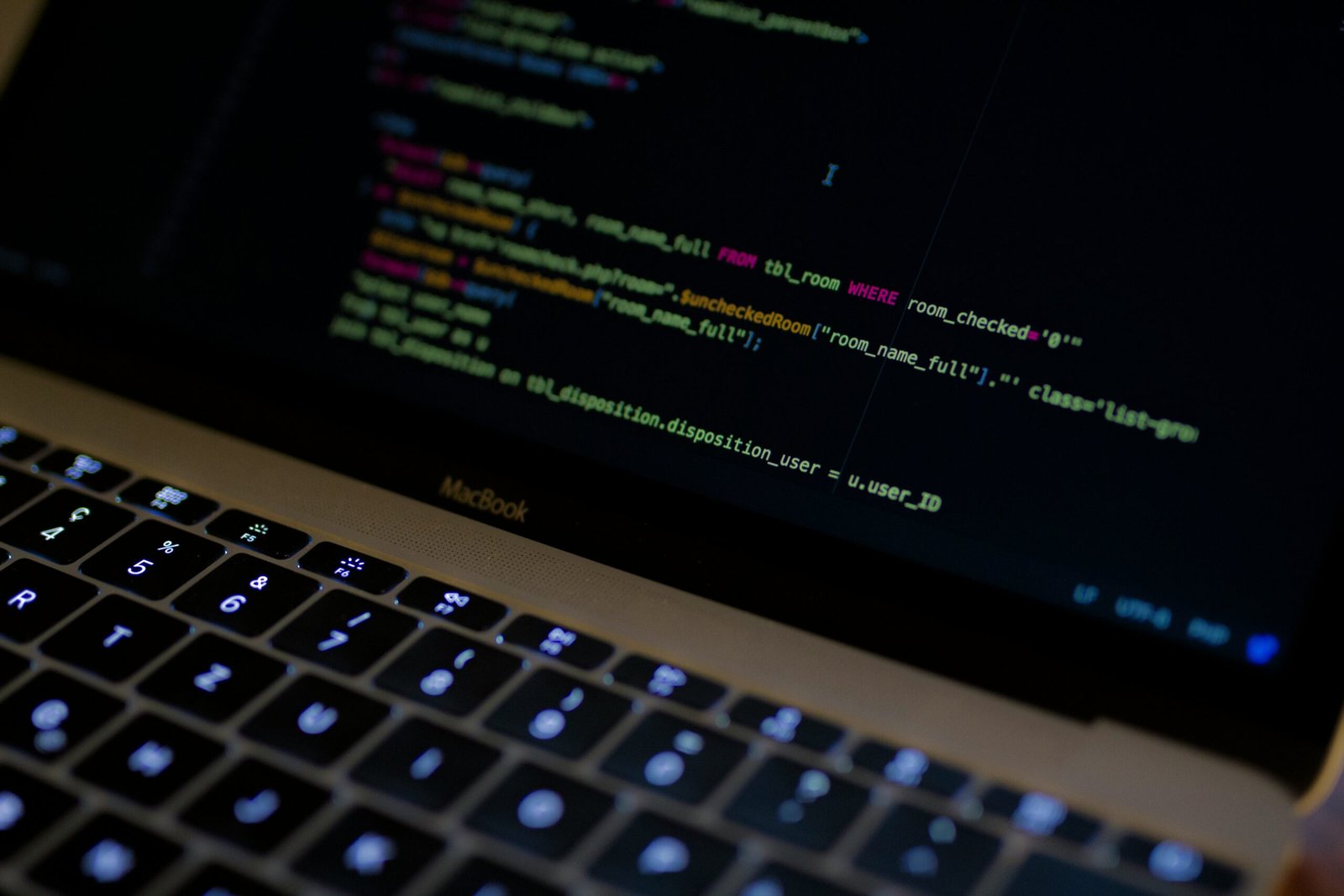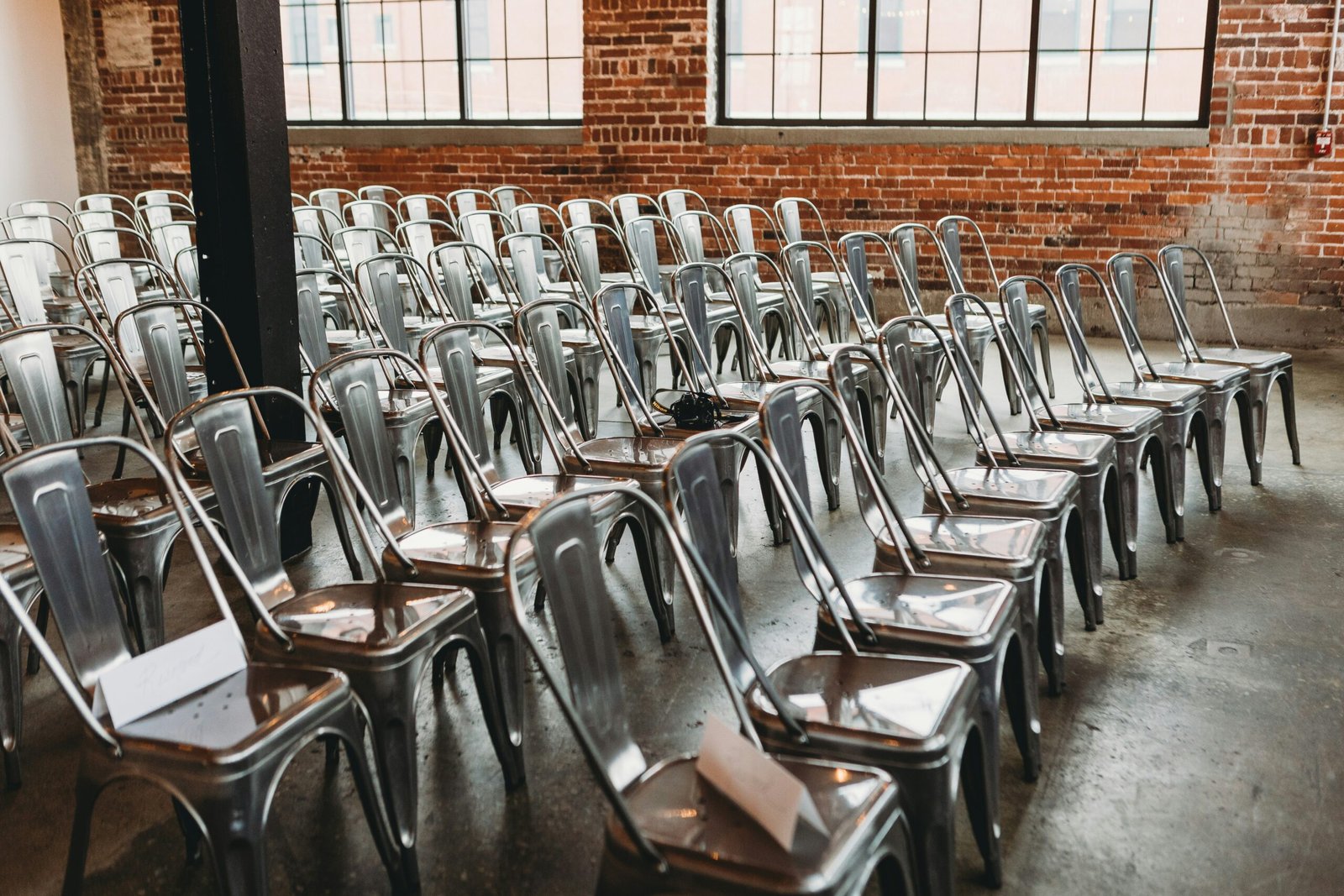Maui and Using New Tech To Prevent and Mitigate Future Disasters
/ /
It’s evident that our current approach to dealing with natural disasters could benefit from significant improvements to effectively mitigate and prevent their impacts. Your proposed solutions address different aspects of disaster management, and they indeed have the potential to enhance our response strategies. Let’s further explore each of these potential solutions:
- Blame vs. Analysis: Shifting the focus from blame to analysis is crucial for learning from disasters. Generative AI can play a role in facilitating unbiased analysis and suggesting effective mitigation strategies. By using AI to prioritize actions based on potential impact, we can identify systemic issues and areas that require immediate attention. This would allow for a more comprehensive approach to disaster prevention and recovery.
- Metaverse Simulation: Simulation tools like Nvidia’s Omniverse could be incredibly valuable for predicting disaster outcomes and testing various mitigation measures. These simulations could provide a visual representation of potential consequences and help decision-makers understand the effectiveness of different strategies. By accurately modeling disaster scenarios, we can develop and implement strategies to minimize damage and loss of life.
- Communications: Effective communication during disasters is crucial for coordinating responses and keeping people informed. Developing robust emergency communication platforms that can withstand network disruptions is essential. BlackBerry’s AtHoc solution, or similar technologies, could enhance communication resilience. Additionally, exploring the potential of autonomous vehicles forming a mesh network could provide alternative means of communication in disaster-stricken areas.
- Rebuilding: Reconstruction efforts should prioritize building structures that are resilient to the specific types of disasters that affect a region. For instance, in fire-prone areas, using fire-resistant materials and implementing safety measures like water sprinklers and shutters could greatly enhance a building’s survival chances. Simulation tools can aid in designing structures that withstand disasters, and innovations like 3D-printed houses could speed up rebuilding efforts.
- Heavy Lift: Utilizing advanced technologies like AI-controlled blimps or drones to carry water to fight fires could be a game-changer. These technologies could provide rapid response capabilities and operate in areas that might be hazardous for human crews. By incorporating sensors and AI navigation, these vehicles could effectively assist in disaster management and minimize risks to human responders.
Posted in News































